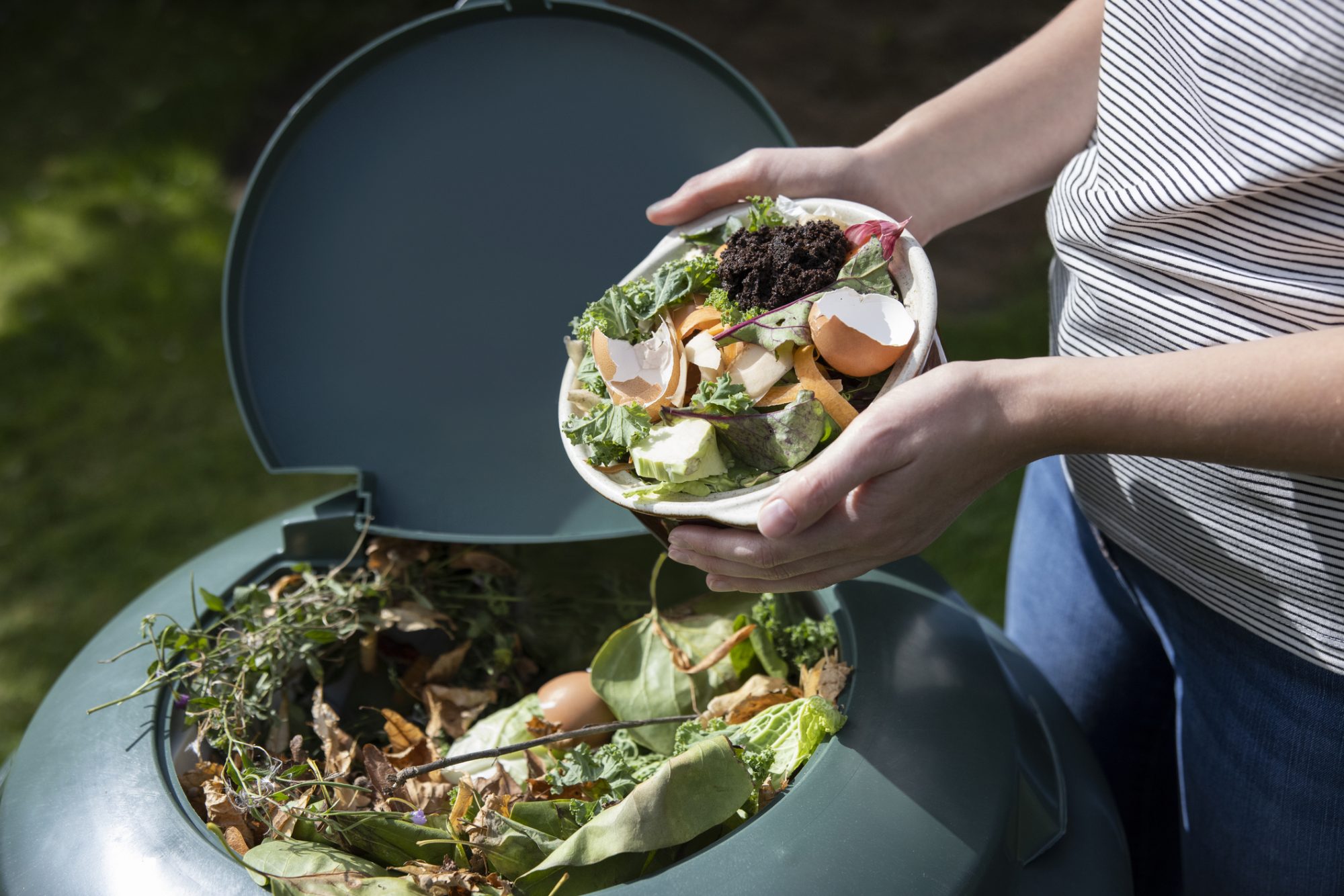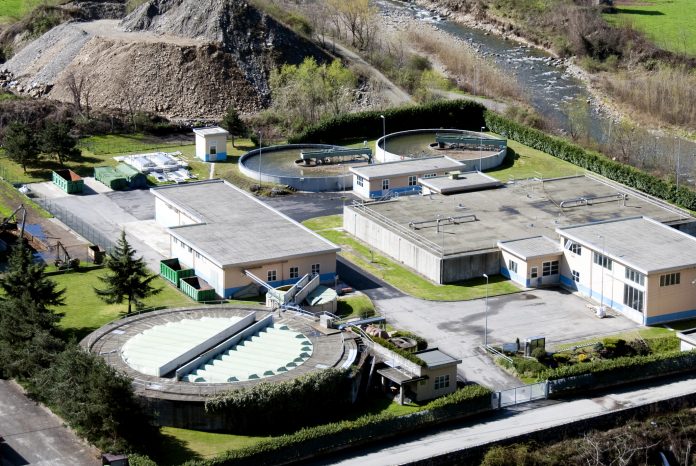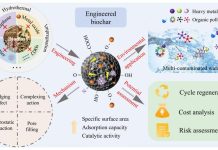Dr Rod Coogan, Agri-Food Expert at PA Consulting argues that sustainable development needs eco-engineering to help solve the water-food-energy nexus
Demand for water, food and energy continues to rise – exacerbated by a growing global population, war in geo-politically critical areas, urbanisation, and a system where food is readily available. Eco-engineering, looking towards environmentally concious solutions to development and innovation could solve these rising demands. Agricultural production alone will need to increase by 70% to meet future demand, presenting significant challenges:
- Agriculture accounts for 70% of global freshwater withdrawals.
- Food production contributes 37% of global greenhouse gas (GHG) emissions
- 25% of global energy use is expended on food production and supply.
- Wasted food contributes 8%-10% of GHG emissions.
The inextricable link between food, water and energy requires us to think differently about how we tackle these issues – we must understand the interconnectedness of the system and align solutions to this. Re-defining how we measure yield and profit to ensure we are valuing decisions that provide continuity and proliferation of natural systems that also generate our food and water is important. We need to bring in eco-engineering where we apply the principles of natural systems and work with nature to develop solutions that support us and the natural systems upon which we rely.
Fresh thinking on freshwater
The whole lifecycle of water, from sourcing and treating it, moving it between places, processing it or returning it to its source, casts a significant carbon shadow. We are also facing a potential 40% water deficit by 2030, with agriculture accounting for the biggest global use of freshwater resources.
We can learn from natural systems, which yield fresh water as part of their cycling, meaning less carbon is required to make it drinkable. Water management should be approached using these principles – including design elements such as natural marshlands to help filter water or swales on farms and parklands to reduce run-off, not to mention deploying green smart-tech for monitoring, purification and management.
Collaborative thinking from every stakeholder is needed, from farmers to food manufacturers, to shipping companies and food stockists, on greener ways to access water. For example:
- Stop defaulting to fresh – invest in innovations that convert wastewater into reusable water and provide new water sources at the point of need by making greywater potable.
- Invest in green desalination techniques – desalination techniques are energy intensive and the water treatment chemicals can negatively impact on biodiversity, but new technology (solar-thermal desalination) is being developed to make desalination greener – this needs to be adopted at scale.
- Think circularity – consider the whole lifecycle of water and where there are opportunities to recover the embedded value. This could be linking green desalination to more efficient irrigation or developing re-use solutions.
- Innovate through collaboration – multiple stakeholders are competing for the same water; there must be collaboration between all major water users in geographical areas, to deliver low-energy solutions and collectively reduce their environmental impact.

Research suggests that through embedding processes such as desalination or re-use, organisations alone could save 86 billion cubic metres of water between now and 2030 (12 million tonnes of GHG emissions).
Food glorious food (waste)
Globally, we are facing a food security crisis – with predictions that millions more people will be driven into extreme poverty because of rising food prices. It is, therefore, unfathomable that:
- 25-30% of total food produced is lost or wasted.
- As a country, food waste would be the third largest emitter after China and the U.S.
- Every dollar spent on food creates two dollars’ worth of health, environmental and economic costs.
Organisations across the food supply chain need to look at waste differently through:
- Innovative thinking – understanding the value that can be drawn from waste and how it can be used as an input elsewhere, for example, converting food waste into biodiesel to power food delivery trucks or in aviation, converting it into packaging or creating entirely new product lines.
- Circular thinking – organisations should work with others to determine how they can capture the most value from waste at every stage.
- Using data as an asset – organisations across the food supply chain should track, label and monitor their data to understand where waste is occurring and how to mitigate this.
- Finding new technologies and innovators – to drive carbon, heat, water, and product waste out across the whole supply chain, for example, breaking down food waste with fly larvae.
Innovating and eco-engineering for a positive human future
We should challenge our current paradigm to both recognise the genius of natural systems and the importance of interconnectedness when innovating to find solutions. Seeking opportunities which combine commercial and operating models, allowing multiple industries to benefit, for example, converting food waste to biofuel, are the types of solutions that will drive sustainable change. This will see organisations working together in a mutually beneficial way to find innovative solutions to these challenges.
Innovating in small pockets won’t work, we must innovate with the entire value chain in mind and ensure that every stakeholder benefits commercially, operationally, and technologically – this will scale action at pace.











